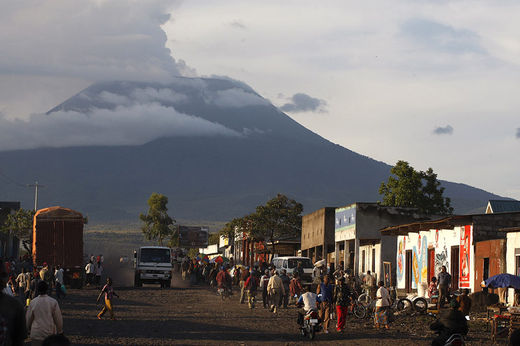
© AP
London - Mount Nyiragongo, one of the world's deadliest volcanos, is waiting to explode and turn Goma, a city of a million people in the Democratic Republic of Congo, into a modern day Pompeii, a Roman town completely destroyed by volcanic eruption of Mount Vesuvius in 79 AD.
But scientists do not know when, since it is in the war-torn eastern edge of the Democratic Republic of Congo. The two-mile high cauldron of lava is also one of the least understood.
At the base of Nyiragongo sprawls Goma with its numbers swelling by the day as villagers from the countryside seek refuge from rebel and government forces, the magazine
National Geographic reports.
Twice in recent years Nyiragongo's eruptions have hit the city, destroying homes and sending residents fleeing. But now, seismologists believe, the risk is not just near the city, but directly beneath it, according to the
Daily Mail.